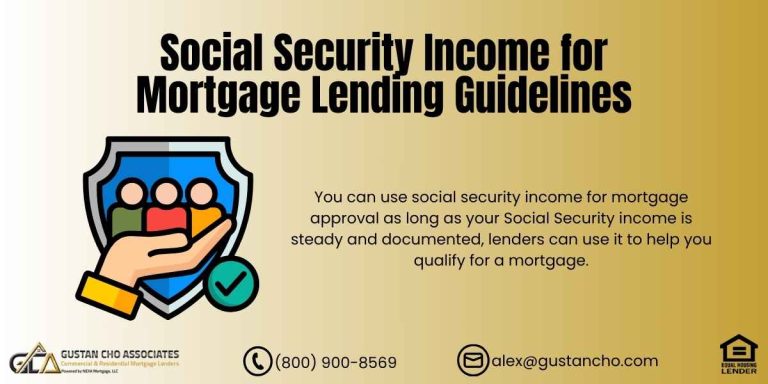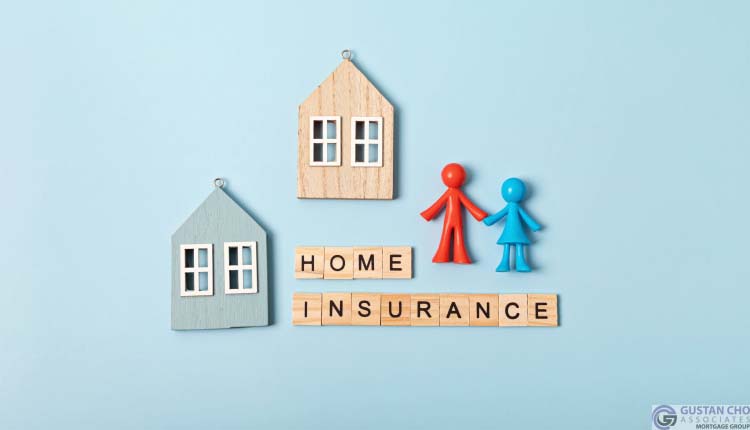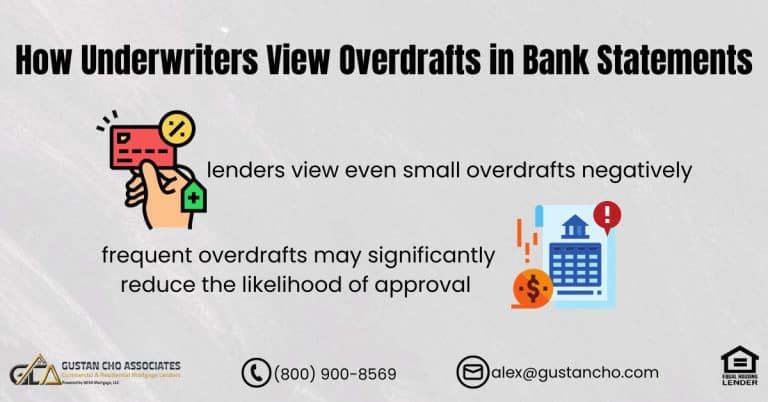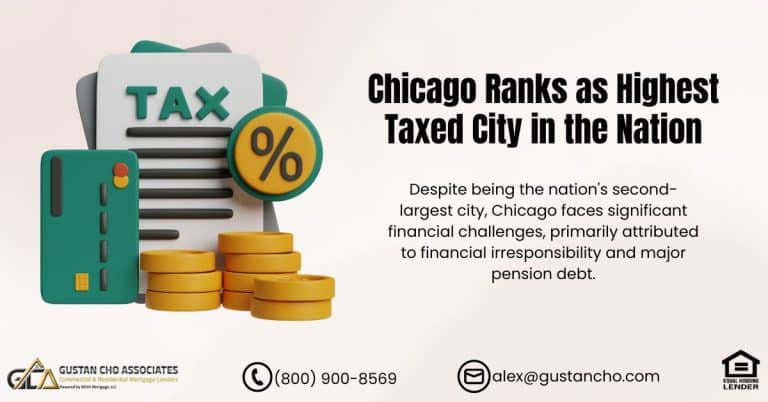This guide covers subprime mortgages and alternative financing for homebuyers and homeowners. Subprime mortgages are mortgage loans available to homebuyers who do not qualify for government and conventional loans. There can be many reasons why buyers do not qualify for traditional loans.
It does not necessarily mean just due to bad credit. Some high-end buyers may not qualify for traditional jumbo mortgages due to the strict lending requirements of jumbo loans.
Subprime and non-qm lenders only require a 620 credit score. Many self-employed individuals cannot qualify due to the extensive write-offs on their income tax returns. Subprime and non-qm lenders offer bank statement loans for self-employed borrowers. In this article, we will cover using subprime mortgages such as bank statement loans and asset-depletion mortgages.
What Are Subprime Mortgages
Subprime mortgages are loans extended to borrowers who may have difficulty qualifying for conventional mortgages due to low credit scores, limited credit history, high debt-to-income ratios, or financial difficulties. Subprime mortgages typically carry higher interest rates and fees than prime mortgages, offered to borrowers with strong credit histories and financial profiles. Subprime mortgages gained significant attention during the mid-2000s housing boom in the United States.
Lenders, eager to capitalize on the booming housing market, relaxed their lending standards and offered subprime mortgages to borrowers who would have previously been considered too risky.
Subprime mortgages often came with adjustable interest rates that could increase significantly after an initial period of low payments, contributing to payment shock for borrowers. The widespread issuance of subprime mortgages and the securitization of these loans into complex financial products ultimately led to the subprime mortgage crisis, which peaked in 2007 and 2008. As housing prices declined and borrowers began to default on their mortgages, it triggered a broader financial crisis that had far-reaching consequences for global financial markets and the economy.
Using Subprime Mortgages To Take Advantage of Rising Housing Market
Subprime mortgages refer to home loans extended to borrowers with poor credit histories or lower income levels than traditional borrowers. These borrowers typically have lower credit scores, making them riskier for lenders. As a result, subprime mortgages often come with less favorable terms, including higher rates than prime mortgages, which are offered to borrowers with strong credit scores and financial profiles.
Government and conventional loans have maximum loan limits. Subprime and non-qm loans do not have maximum loan limits. Jumbo lenders require 700 credit scores.
Many borrowers cannot qualify for traditional loans due to their low credit ratings, histories of bankruptcies, and other factors but can qualify for subprime and non-QM loans. Subprime Mortgages can be used as a bridge loans. Home prices are appreciating nationwide with no signs of a market correction. In many areas in the country, home prices are increasing double digits year after year. Click here to apply for a mortgage with low credit or poor credit scores
Hot Housing Market Forces Federal Mortgage Agencies To Increase Loan Limits
Both HUD and FHFA have increased FHA and Conforming Loan Limits due to keeping up demand of home prices. The Federal Housing Finance Agency, who is the regulatory agency for conventional loans has increased conforming loan limits three years in a row due to rising home prices nationally. HUD also increased FHA Loan Limits for the past three years. President Trump has signed into law a bill that exempt maximum VA Loan Limits. The VA no longer has a maximum loan limit on VA Loans. There are no maximum loan caps on non-QM Loans.
The Subprime Mortgage Market
The subprime mortgage market played a significant role in the 2008 financial crisis. During the housing boom leading up to the crisis, lenders extended subprime mortgages to many borrowers who could not afford the loans. These mortgages were often bundled and sold as complex financial products known as mortgage-backed securities (MBS).
When housing prices began to decline, and borrowers defaulted on their loans, it triggered a chain reaction of losses throughout the financial system, leading to the collapse of major financial institutions and a global recession.
Following the financial crisis, there was increased scrutiny and regulation of the subprime mortgage market to prevent similar crises in the future. However, subprime mortgages still exist in a more regulated and cautious environment. Lenders may still offer subprime loans but are subject to stricter underwriting standards and oversight to reduce the risk of another financial meltdown.
Subprime Mortgages For Borrowers With Little To No Credit
Sometimes lenders will make loans at subprime rates to borrowers who have very limited or no credit history: Traditional loans are made to borrowers who have strong credit histories. Borrowers can demonstrate the capacity to repay their loans. Subprime mortgages are made to borrowers who have been identified as deficient in credit history, have the potential to not repay the loan or both.
Interest Rates on Subprime Mortgages
The interest rates on subprime loans are higher than those on traditional and other nontraditional loans. This is because of the increased risk. Additional percentage points can easily add up to tens of thousands of dollars over the life of the loan. Subprime Mortgages came to an abrupt halt after the real estate market meltdown of 2008.
The Return of Subprime Mortgages

The housing crisis led to the subprime mortgage crisis and countless subprime lenders went out of business. No doc loans and state income mortgages died and were never resurrected. Gustan Cho Associates are experts in subprime and non-QM loans.
A substantial percentage of our business are non-QM loans and bank statement loans for self-employed borrowers. Interest rates are higher and down payment requirements are 10% to 20%.
In the aftermath of the crisis, there was increased regulation of the mortgage industry, reforms in lending practices, and efforts to prevent a recurrence of such events. However, subprime mortgages still exist, albeit in a more regulated and cautious lending environment, with lenders typically requiring more documentation and scrutiny of borrowers’ ability to repay.
Down Payment Requirements on Subprime Mortgages
The higher the down payment, the lower the rates. Large down payments on a home purchase are required for lower credit score borrowers. Bank Statement Mortgages for self-employed borrowers are becoming increasingly popular. No income tax returns are required with our bank statement mortgage loan programs for self-employed borrowers. There are no maximum loan limits as well as no private mortgage insurance required.
Cases Where Subprime Mortgages Benefits Homebuyers
Subprime mortgages make financial sense for individuals who cannot qualify for a traditional mortgage on a rising housing market. Individuals who have had a history of compromised credit and cannot meet waiting periods after housing events and/or bankruptcy. These individuals can have the opportunity to waive the mandatory waiting period and take advantage of becoming a homeowner sooner than later. Non-QM and alternative financing allow this to happen.
Asset Depletion Mortgage Loans
Homebuyers who have no income but have substantial assets can now qualify for a mortgage with our Asset Depletion Mortgage Program offered at Gustan Cho Associates. Asset Depletion Mortgages offers retired individuals with substantial assets to meet the income requirements. Please read our blog on Asset Depletion Mortgage Loans.
Using Alternative Financing as a Bridge Loan
After they meet the mandatory waiting period they can refinance their subprime mortgages to a lower interest rate traditional loans. While they have their subprime mortgages they can rebuild credit. The most expedient way to rebuild credit is to make timely and full payments on a mortgage and by adding positive new credit tradelines. Often subprime mortgages are refinanced when borrowers’ credit histories have sufficiently improved for at least for 12 months. Some borrowers have no other choice but to accept subprime mortgages if they want to become homeowners. Get qualify for a bridge loan









